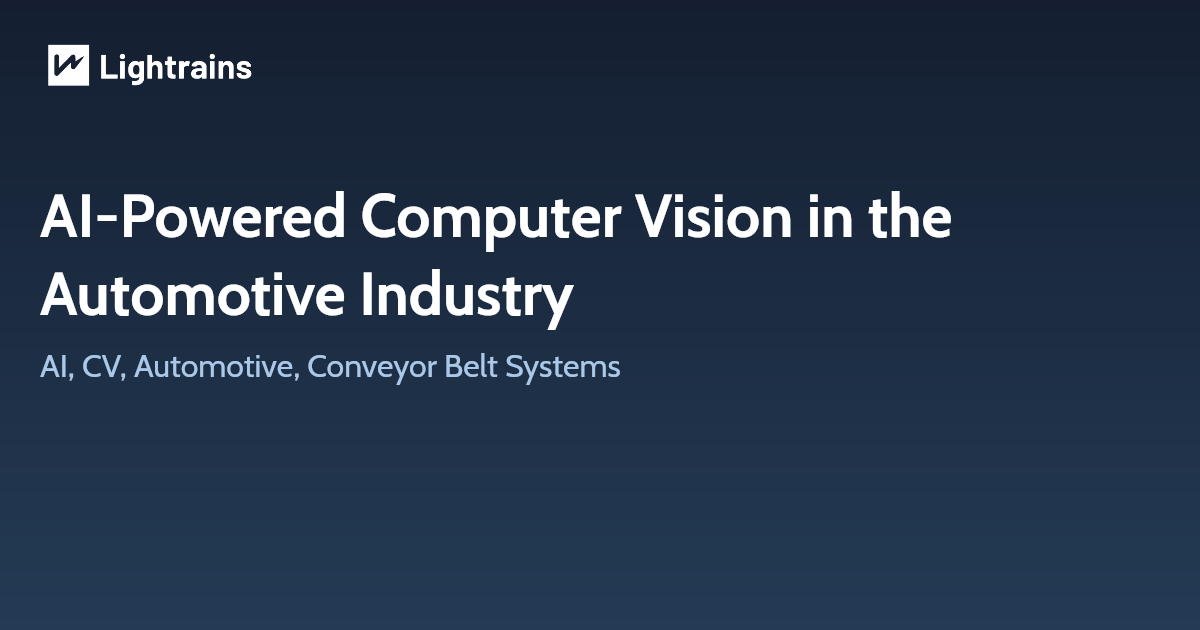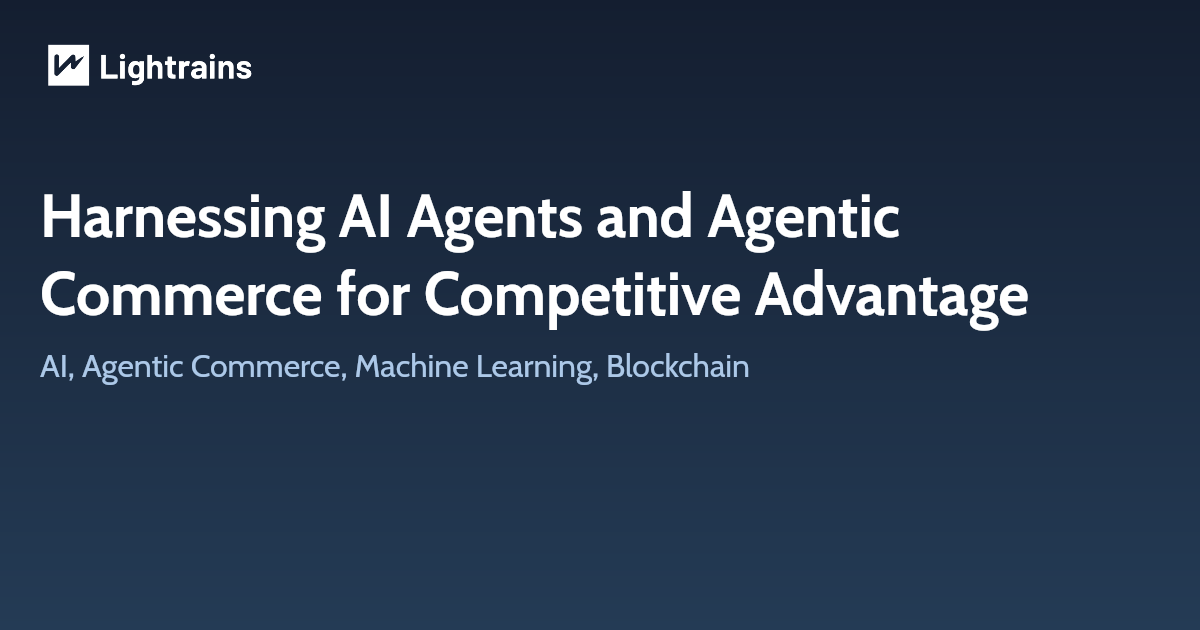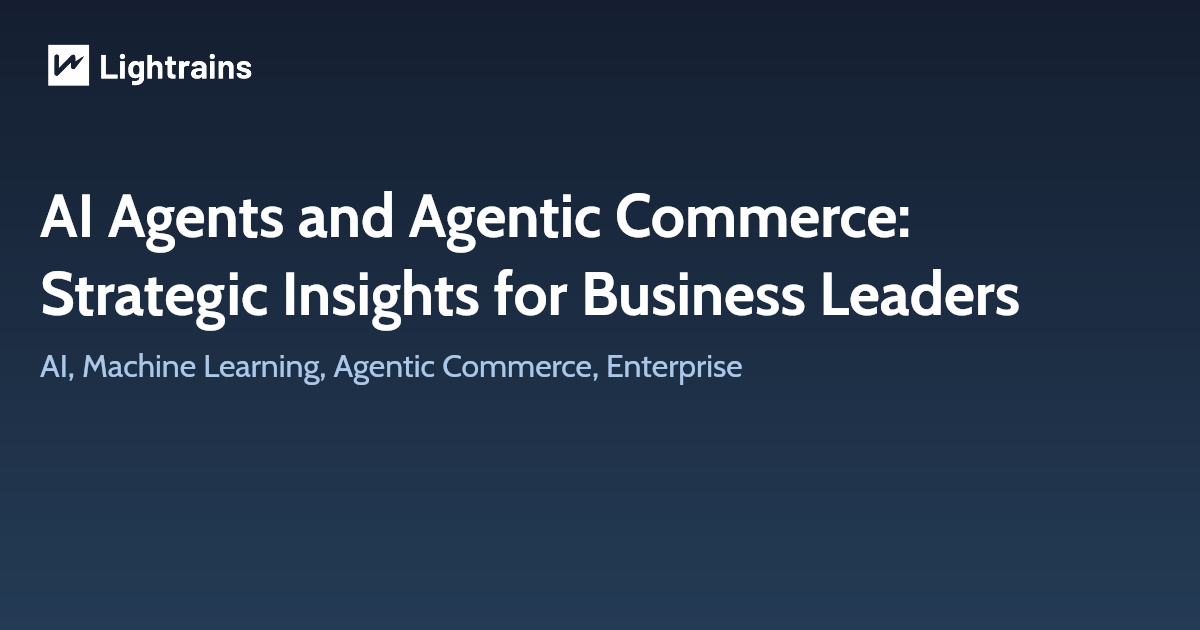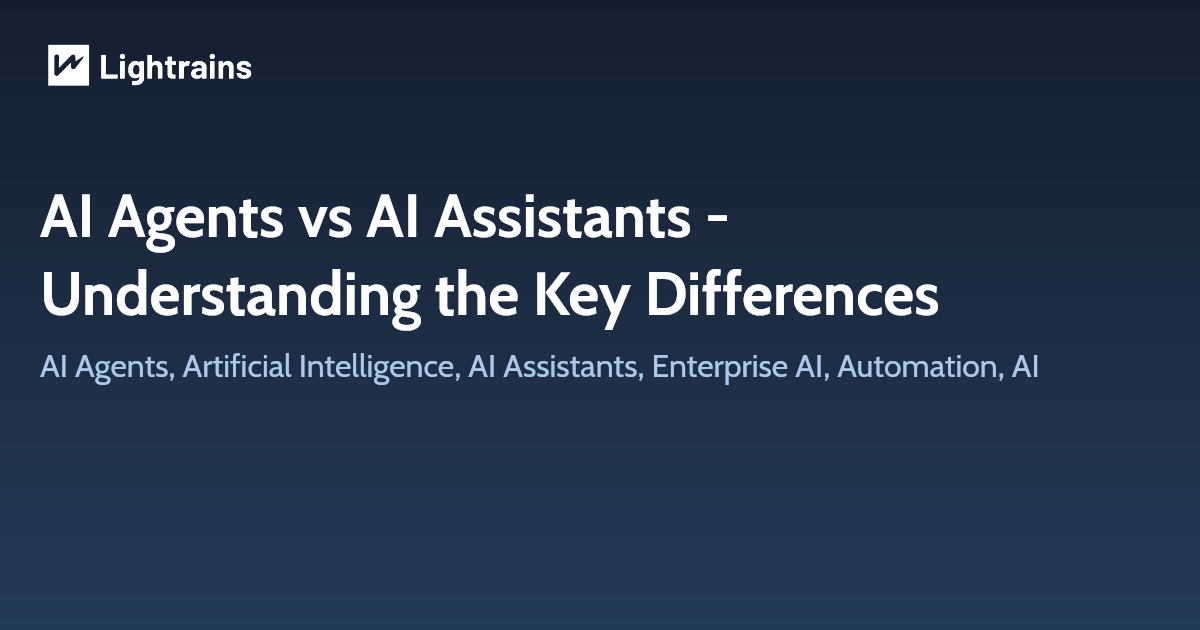
In the fast-paced world of automotive manufacturing, efficiency and precision are paramount. Conveyor belts are the lifelines of these manufacturing processes, but traditional systems often fall short in monitoring and optimizing material flow. This is where AI-powered computer vision solutions come into play, offering a groundbreaking approach to revolutionize conveyor belt operations in the automotive industry.
The Challenge in Automotive Manufacturing
Conveyor belts in automotive manufacturing are tasked with transporting a myriad of components – from small nuts and bolts to large body panels. The traditional conveyor belt systems, however, face several challenges:
- Manual Defect Detection: Human inspectors struggle to consistently identify defects, leading to quality control issues.
- Unplanned Downtime: Unexpected equipment failures disrupt production schedules and inflate costs.
- Inefficient Inventory Management: Manual tracking is prone to errors, causing inventory discrepancies and production delays.
The AI-Powered Solution
Implementing computer vision (CV) and machine learning (ML) technologies can significantly enhance conveyor belt operations by:
- Automated Defect Detection: High-resolution cameras and AI algorithms identify defects in real-time, ensuring only flawless components move down the line.
- Predictive Maintenance: ML algorithms analyze data to predict equipment failures, allowing for timely maintenance and reducing downtime.
- Optimized Inventory Management: Real-time tracking of components streamlines inventory levels, enhancing production planning and fulfillment.
Implementation Considerations
For automotive manufacturers considering this technology, key factors include:
- Camera Selection: High-quality cameras are essential for capturing detailed images for analysis.
- Image Processing Algorithms: These must be robust and tailored to recognize a variety of automotive components.
- Integration with Existing Systems: Seamless integration with MES and ERP systems is crucial for streamlined operations.
We have a detailed blog about Implementation Considerations
Conclusion
The integration of CV and ML technologies into conveyor belt systems marks a significant leap in automotive manufacturing. By enhancing defect detection, enabling predictive maintenance, and optimizing inventory management, these technologies drive efficiency, quality, and safety in production processes. As the industry continues to evolve, embracing these AI-driven solutions is not just beneficial but essential for staying competitive in the dynamic automotive landscape.
This article originally appeared on lightrains.com
Leave a comment
To make a comment, please send an e-mail using the button below. Your e-mail address won't be shared and will be deleted from our records after the comment is published. If you don't want your real name to be credited alongside your comment, please specify the name you would like to use. If you would like your name to link to a specific URL, please share that as well. Thank you.
Comment via email






